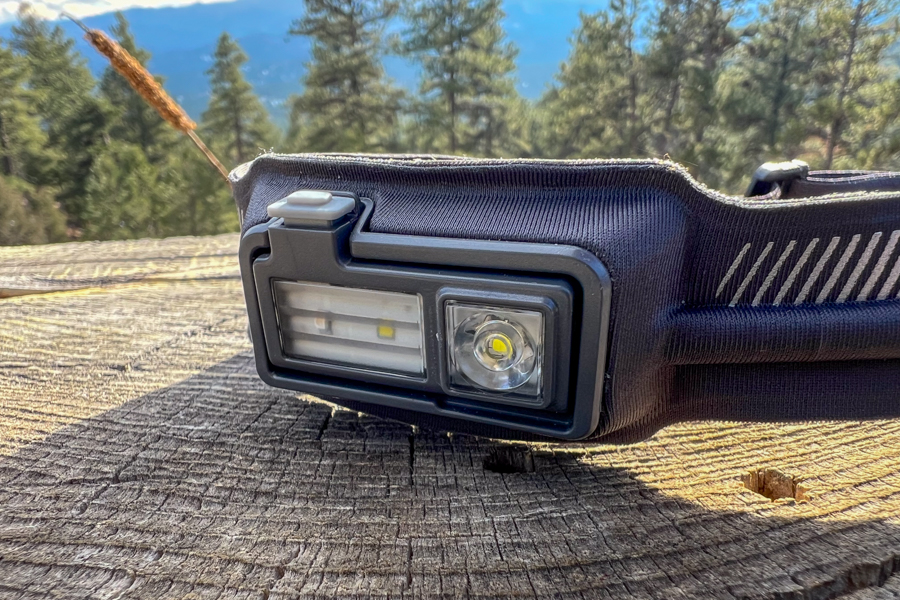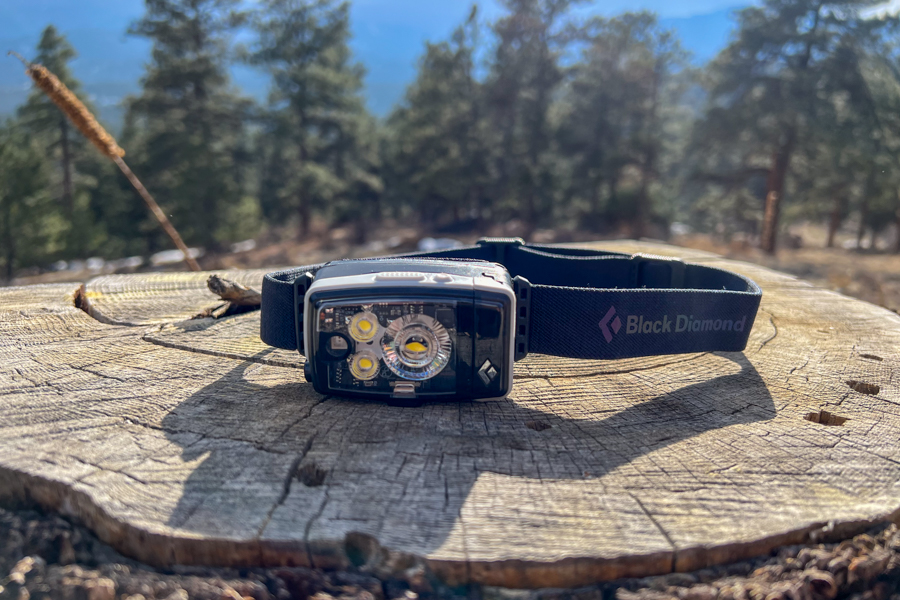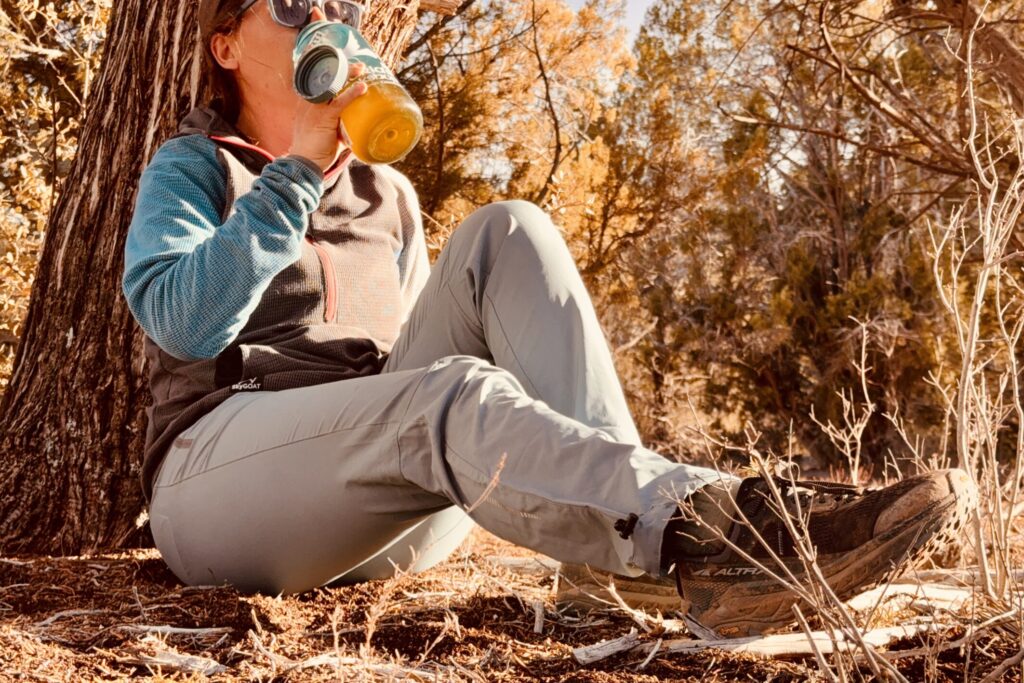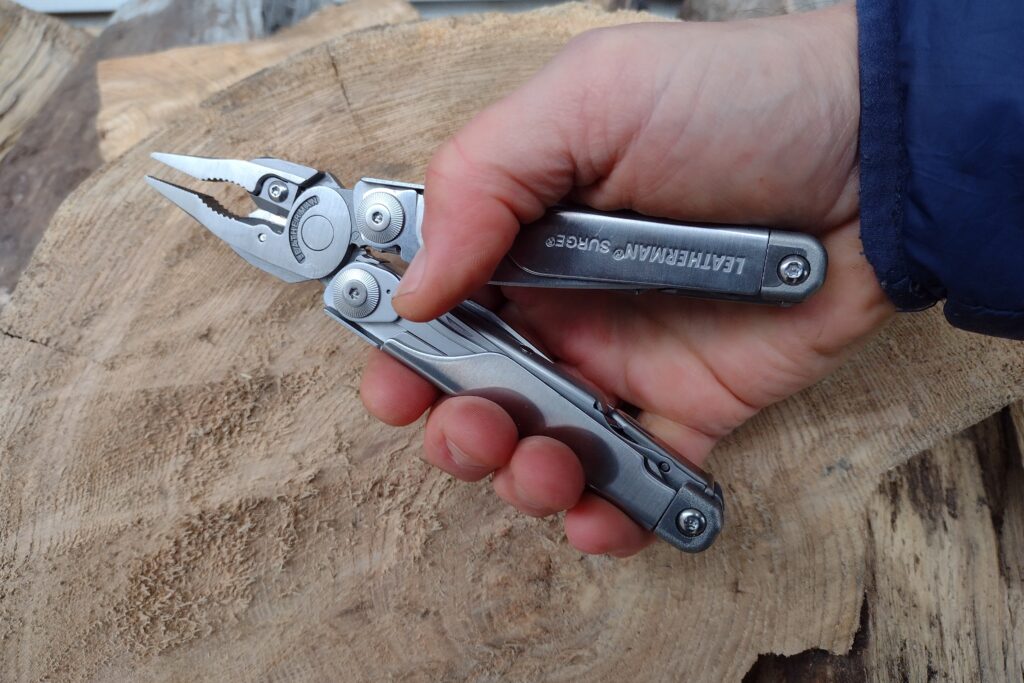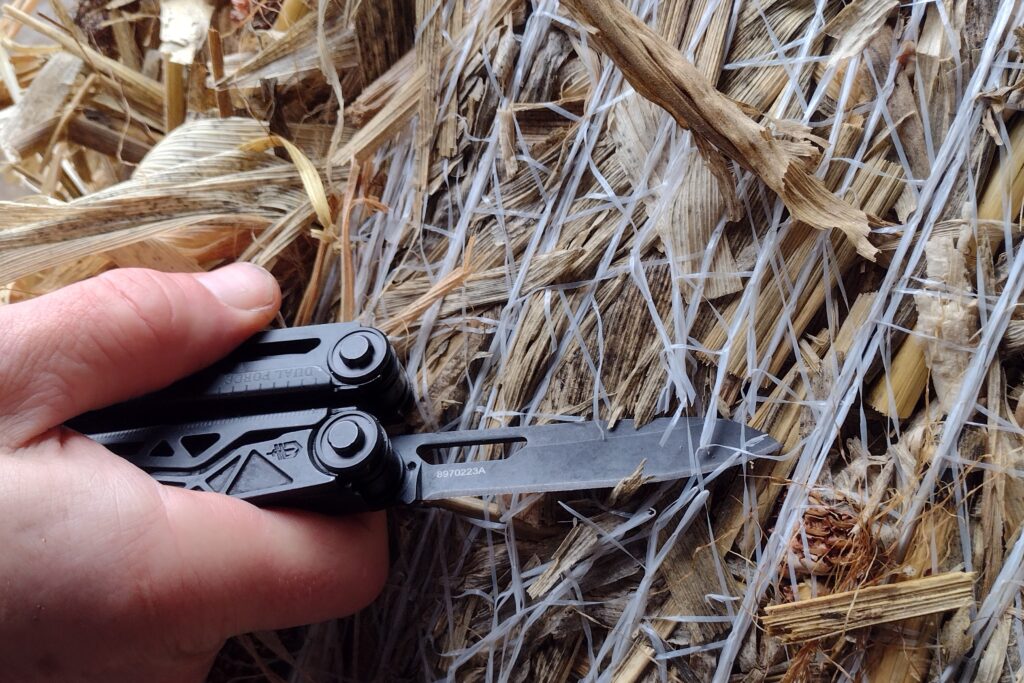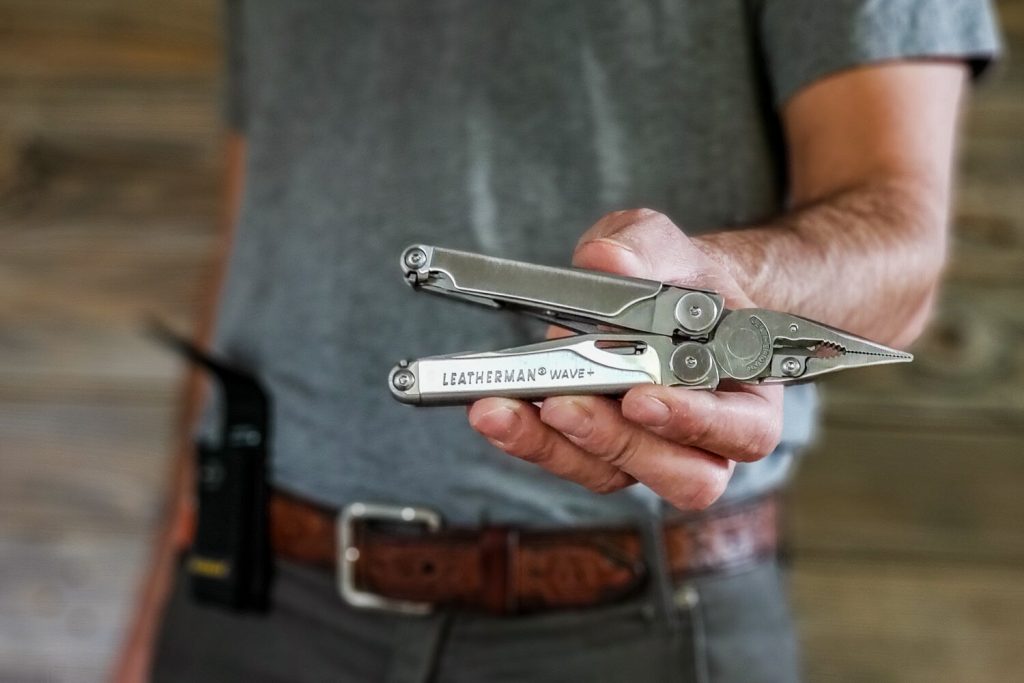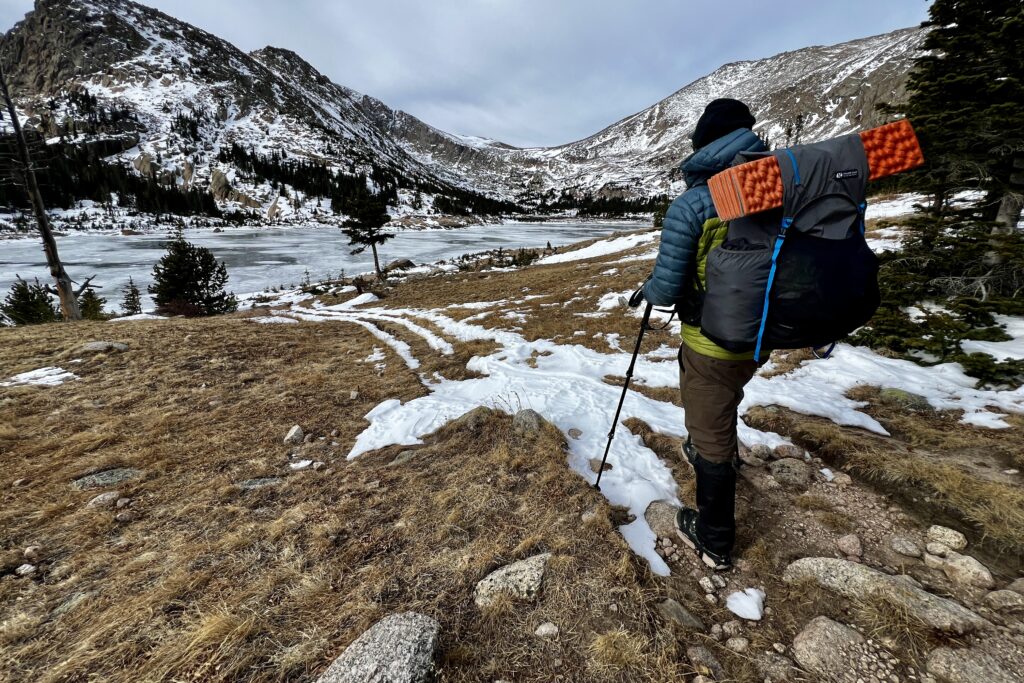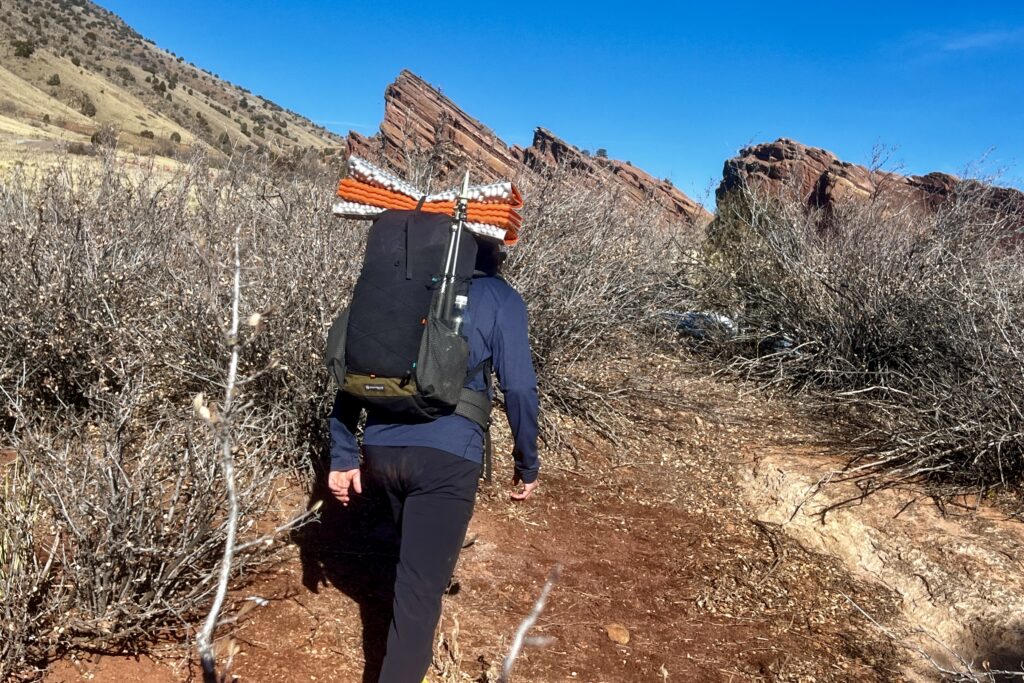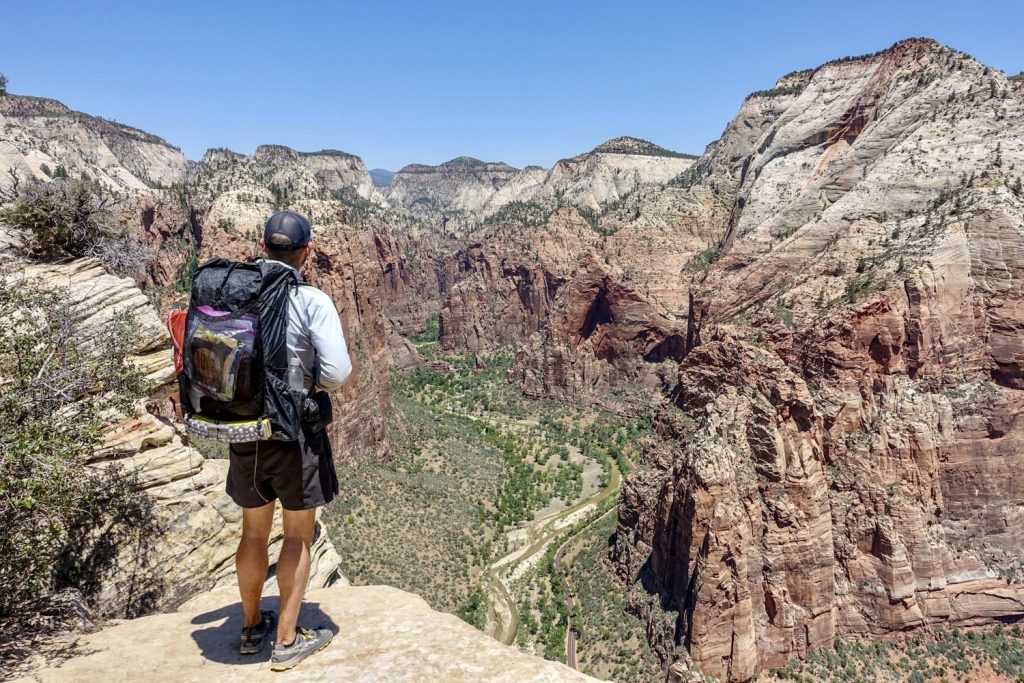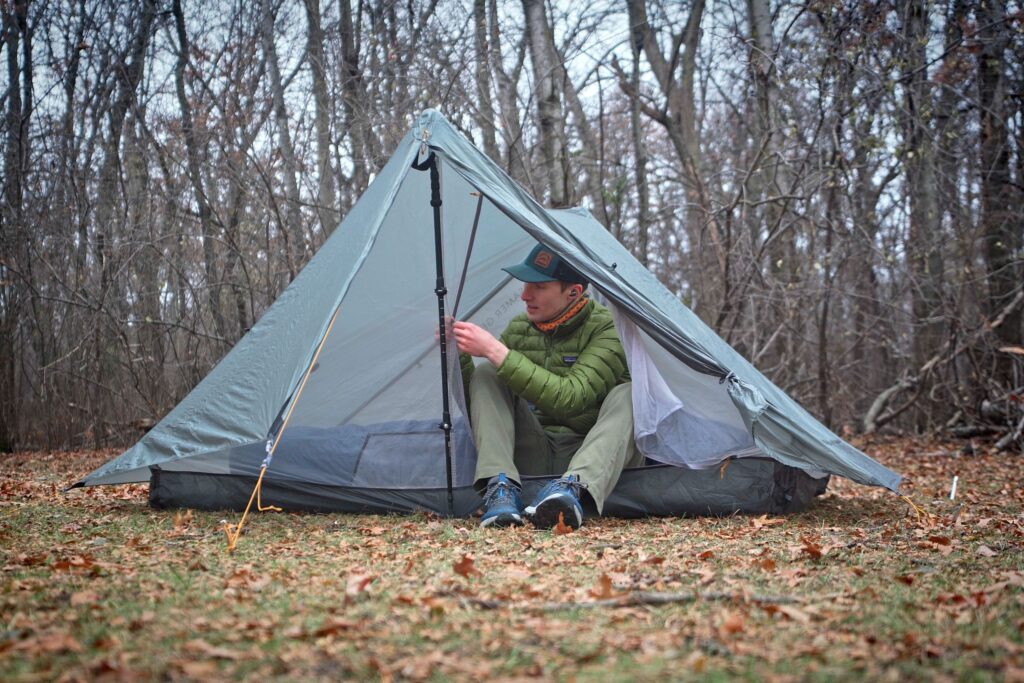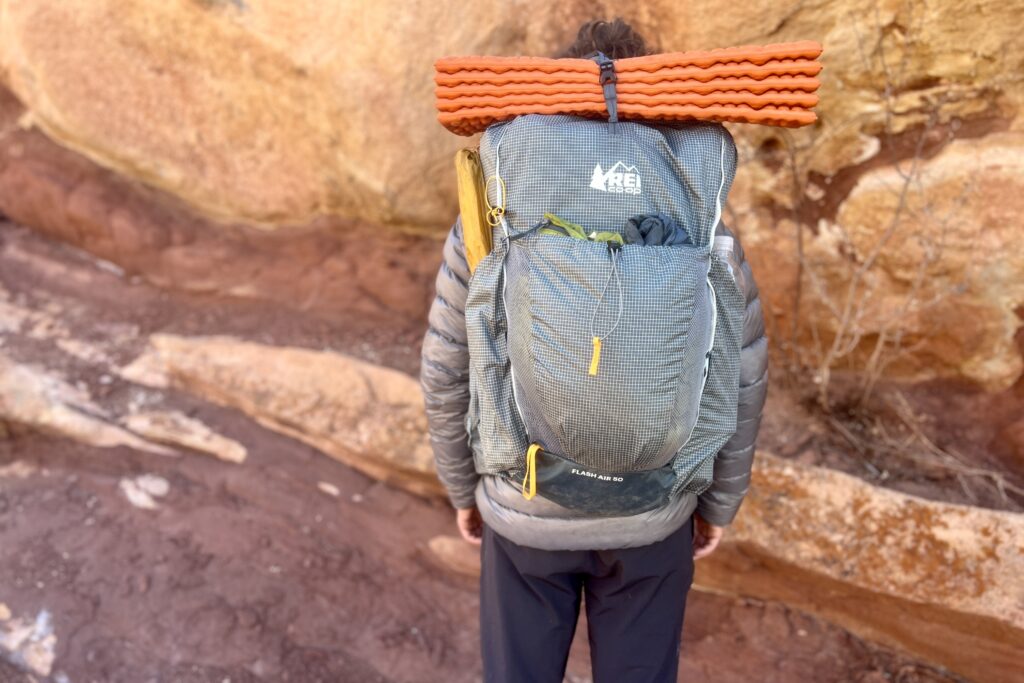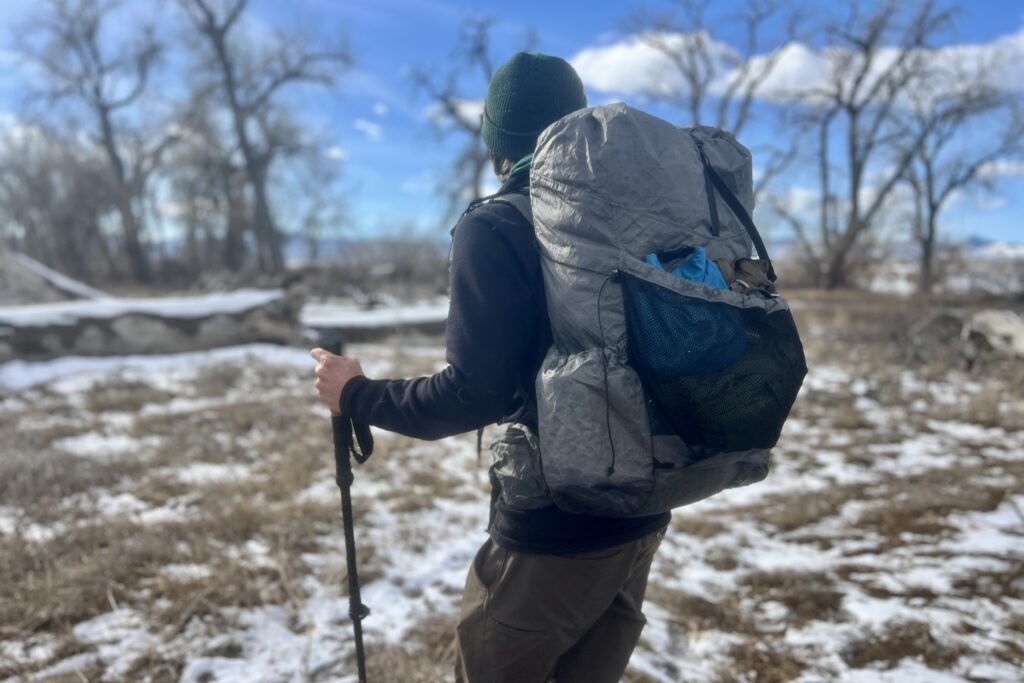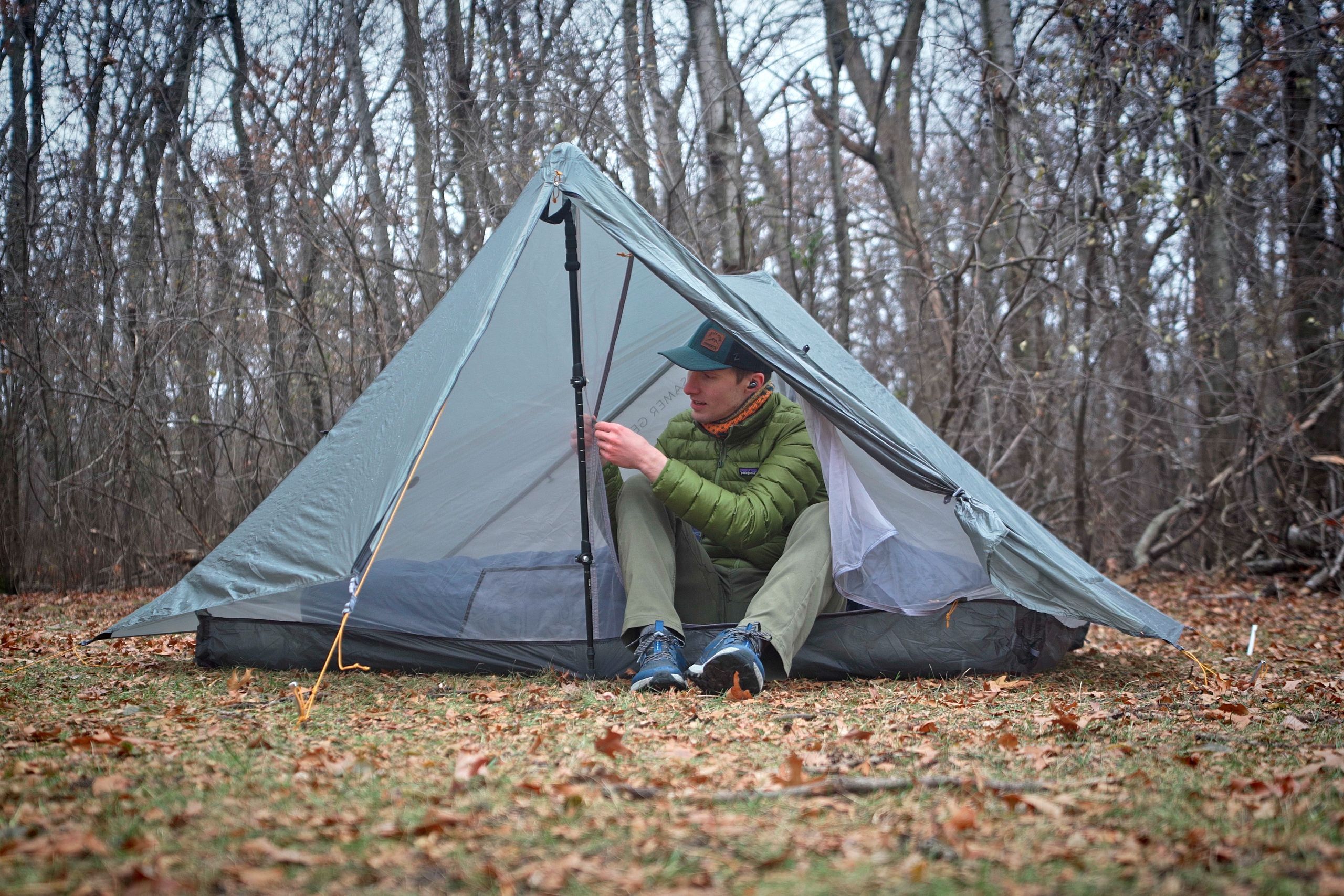
Bottom Line
For an unbeatable price for its weight, the Two is a tent focused on trade-offs that should attract a specific type of ultralight backpacker. While we believe this tent serves a niche market, it’s not particularly large. However, within that niche, we think it’s fantastic and should make many people very happy on their adventures. For general recommendations, we believe most people are better off either saving up for a more versatile tent or opting for a less expensive option that offers greater comfort and durability. We provide examples of both in our guide to the best ultralight tents.
For starters, The Two feels cramped. Both in terms of numbers and practicality, the 26 square feet of floor space isn’t the most comfortable, especially for taller people. The floor is only 84 inches, and with steeply sloping walls, the usable length is even less. When testing side by side with other tents in local parks in the Midwest, this was the one where we felt the most claustrophobic. However, it does offer a truly remarkable amount of lateral headroom due to its slanted trekking pole design, something we appreciate. But that headroom also means The Two is disproportionately wide, which makes it struggle even more in the wind. This is not our favorite shelter for weathering storms in the rain, and the lack of vents means it won’t be pleasant in areas prone to condensation either. Adding to this is the 10d fabric used for both the fly and the floor, leaving us with a shelter that balances many trade-offs.
However, just as The Two can’t run from its spec sheet, we can’t deny that it offers something that nothing else can: a remarkable price and weight combination. For many people, that’s likely to be enough. The Two isn’t a bad shelter at all; it just isn’t focused on appealing to everyone. So, if after reading through all its drawbacks you’re still interested, we believe it’s a great tent, just not as a general recommendation.
Quick Specs
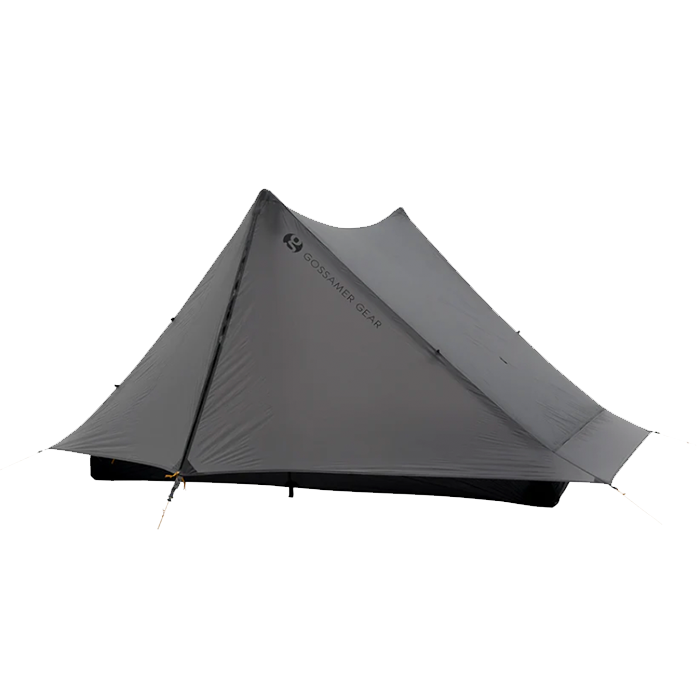
Gossamer Gear The Two
Best Super Lightweight Two-Person Silnylon Tent
CleverHiker Rating: 3.6/5.0
Price: $320
Weight: 1 lb. 9.3 oz.
Dimensions (LxWxH): 84 x 48/42 x 43 in.
Floor Area: 26 sq ft
Pros
- Extremely lightweight for a silnylon shelter
- Easy set-up
- ood pockets
Cons
- Small interior
- No vents
- Thin materials
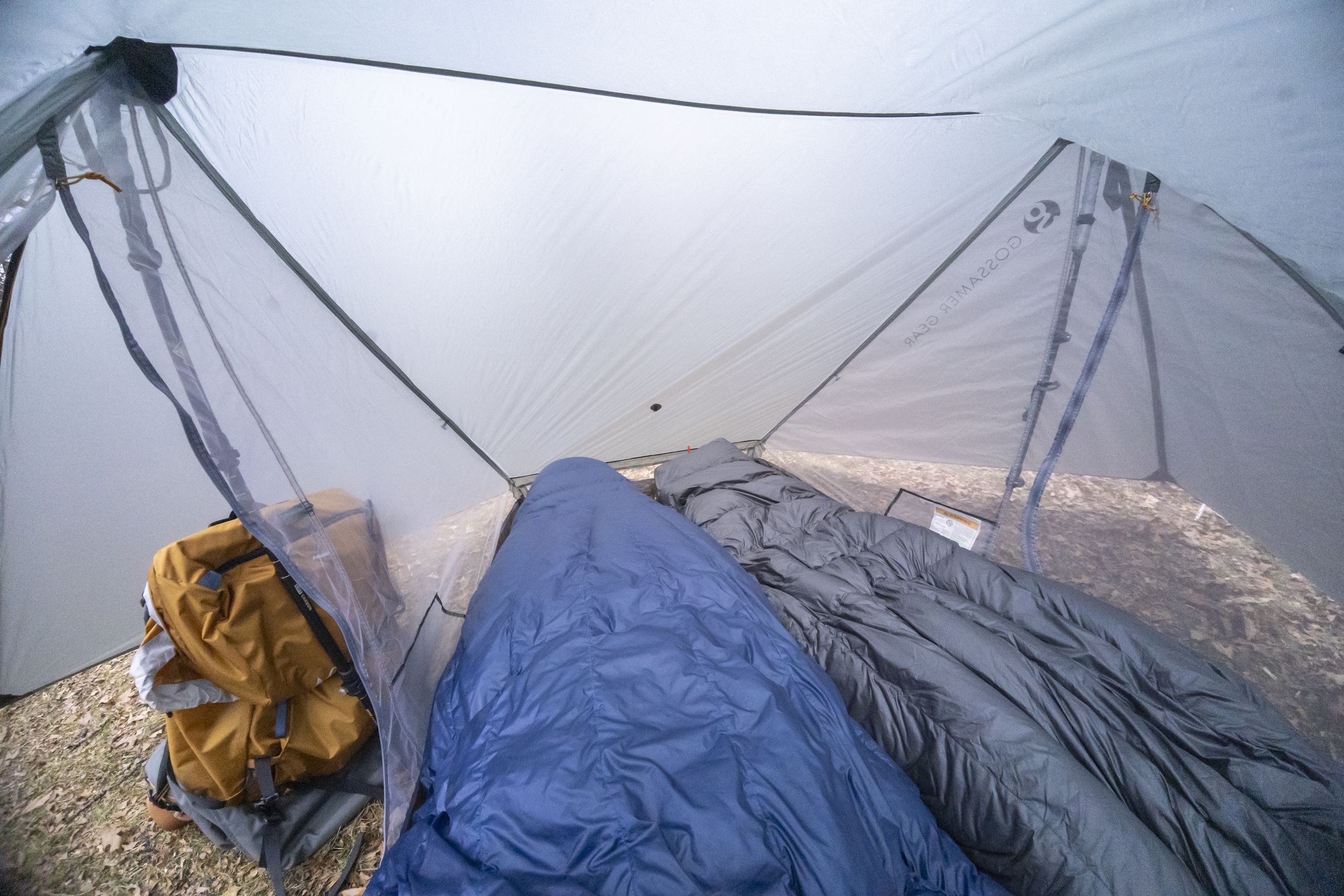
Comfort
For a shelter focused on being as affordable and lightweight as possible, The Two makes some sacrifices in comfort that will be worthwhile for enthusiasts or smaller users. The primary issue is the limited interior footprint, measuring just over 26 square feet of space- the smallest of any two-person tent in our lineup. Combined with the sloping side walls common in A-frame style tents that restrict interior livability, The Two ultimately feels smaller than any other two-person tent in our selection.
In some ways, we understand what Gossamer Gear is doing here. They’re pursuing the lightest possible weights with silnylon and smaller dimensions to shave off some ounces. For shorter individuals, this won’t be an issue, but when our 5’11” tester positioned themselves on a 2.5-inch pad in a 20-degree quilt, the footbox was nearly touching the wall, as was their head.
Fortunately, the width is sufficient to accommodate two people, and the lateral headroom is excellent. Gossamer Gear designs their tents with side walls that slope away from the head area, providing 64 inches of lateral headroom even though the floor is only 48 inches at its widest point. The height of 43 interior inches is again on the smaller side, but it is enough to prevent us from feeling cramped when stretching or changing clothes.
The two doors are small due to the tent’s overall smaller dimensions, but they feature comfortable #3 zippers and can be tied back with simple toggle mechanisms. These lead to large vestibules secured by water-resistant #3 zippers. Pockets next to the door are spacious and user-friendly, easily accommodating our headlamp, phone, battery bank, and cables. Less encouraging is the absence of any ventilation.
With no peak vents, The Two accumulates condensation more easily than other tents, and due to the single-wall design and small interior, it’s easy to brush against the innermost layer. Additionally, since the tent is made entirely of silnylon, it will eventually sag when wet, meaning that a wall that was previously held away from the head or foot area will gradually creep downwards on particularly humid nights.
In practice, we haven’t tested The Two in humid conditions sufficiently to make claims about how this affects real-world livability. However, the specifications make us wary.
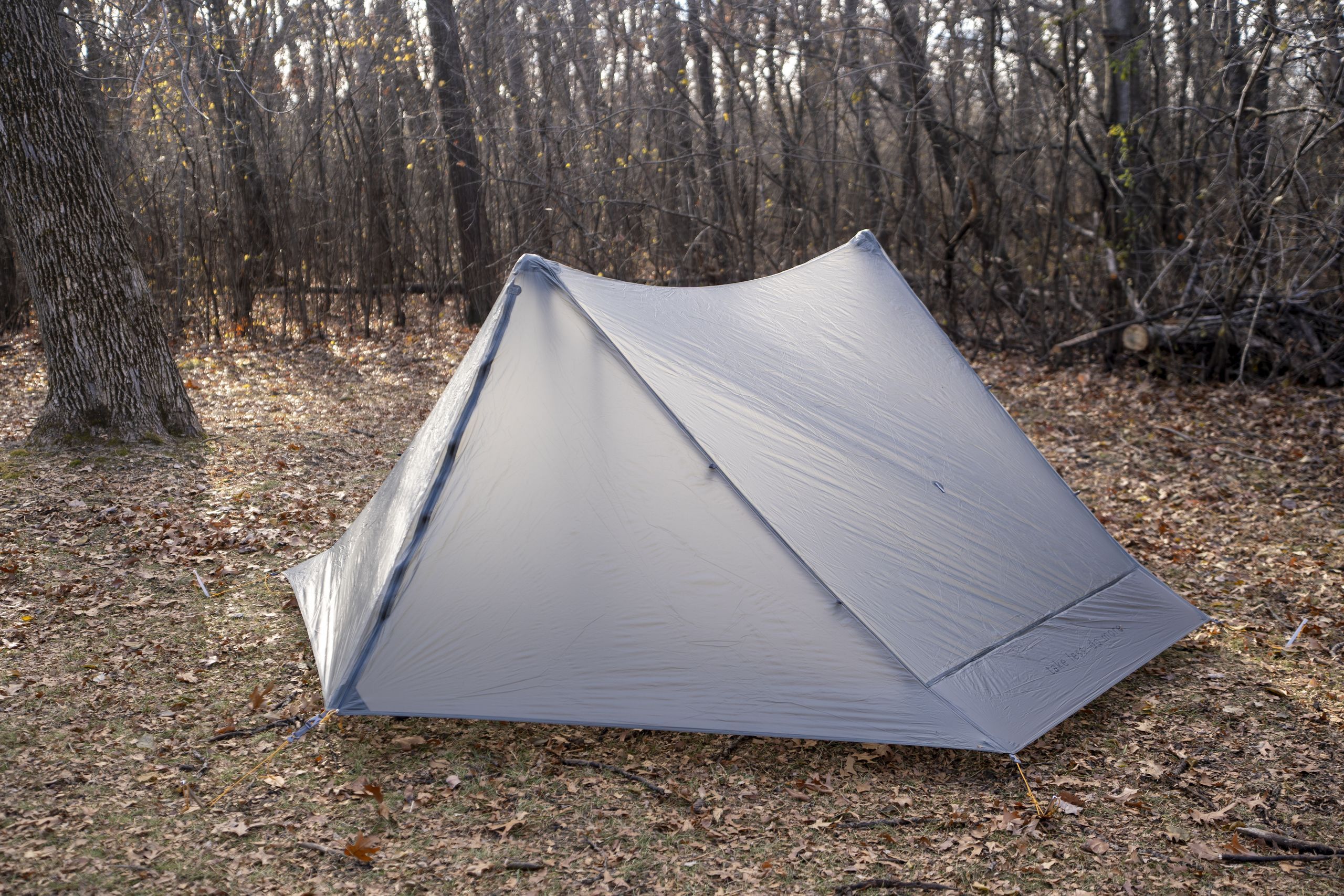
Weight
With an astonishingly low weight of 25.3 ounces when we measured it, the Two stands out in a class of its own among silnylon tents. Nothing else comes close, as it is nearer in weight to Dyneema Composite Fiber tents that cost double the price.
Silnylon is a time-tested material with an excellent strength-to-weight ratio. However, the reason no other silnylon tent comes close is that Gossamer Gear uses an ultra-thin 10d fabric for both the canopy and floor. This certainly decreases the weight, but raises serious concerns about durability that we will discuss later. Another benefit of silnylon is its great packed size, and when rolled up, The Two measures 5×11 inches.
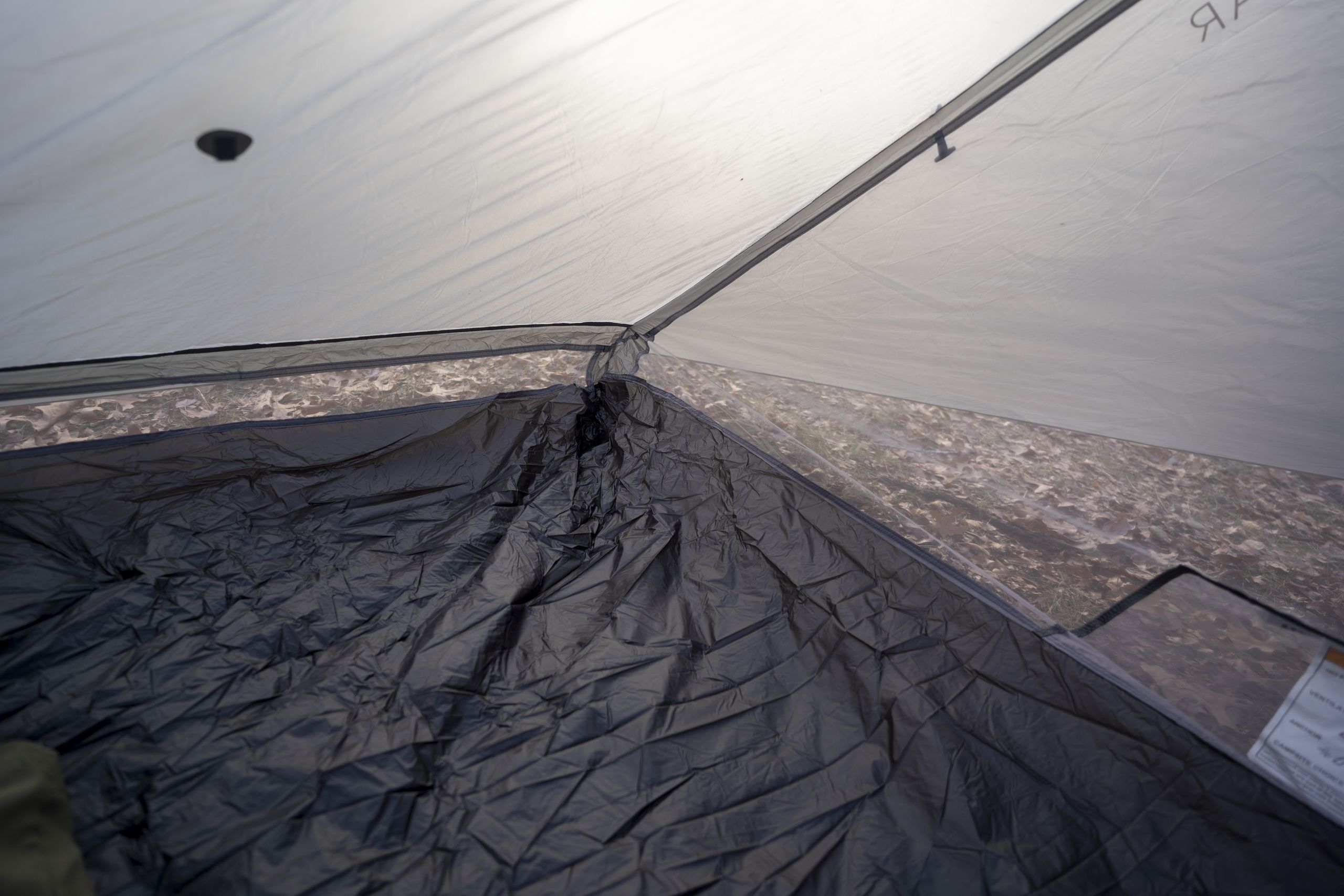
Ease of Use
Like many A-frame tents, the Two is straightforward to set up and use. With four corner stakes and trekking poles near the doors, we achieved a great pitch on the first try. If you’re not accustomed to setting up trekking pole tents, it’s important to note that it will take some time to get used to the process.
After a few attempts, we find trekking pole tents as easy (if not easier) than traditional pole tents. If you don’t hike with trekking poles, Gossamer Gear sells pole sets at the appropriate length, which will increase the overall weight by 5.7 ounces for both poles.
The small doors make ease of use somewhat trickier than those of other shelters with larger doors, but our overall experience with The Two was straightforward and uncomplicated. We believe anyone can master it without too much difficulty.
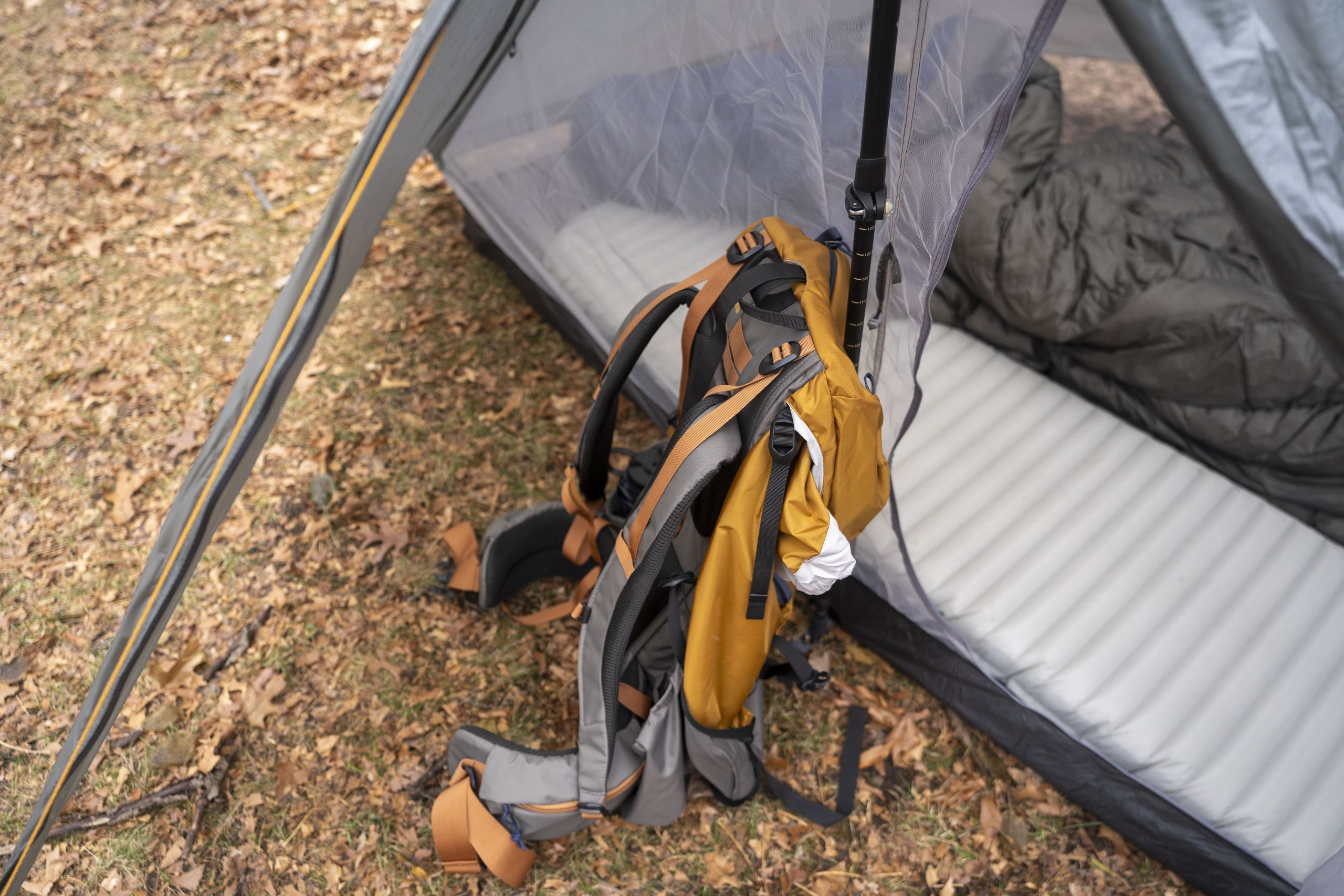
Weather Resistance
With a classic design, The Two should perform adequately in most weather conditions encountered on the trail, but certain design choices suggest it wouldn’t be our first option for severe weather. The primary issue is the large front and back panels that catch wind more effectively than most shelters. While it offers excellent headroom, The Two is also wider than other A-frame tents.
This exposes a large area of unsupported fabric at the head and foot ends. While there is a panel pull for attaching a supporting guyline, it can offer only limited support to the fabric. During our backpacking trip in the Alps, near the border of Switzerland and France, we faced a summer storm that swept through the peaks, flattening several tents of those surrounding us. The Two was among them, and watching the enormous panels struggle against the wind did not instill confidence that this tent was suitable for storms.
As a significant caveat, we believe that exceptional wind resistance is not the primary purpose of this tent. Gossamer Gear even mentions in their FAQ that The Two will require some additional effort to withstand windy conditions.
We love to see manufacturers be open about the limitations of their tents and offer helpful advice. This tent is designed with a focus on extreme weight savings for moderate weather conditions, and robust storm worthiness is simply not within the design scope. For people hiking in areas that only experience occasional storms, or less severe winds, The Two should perform adequately.
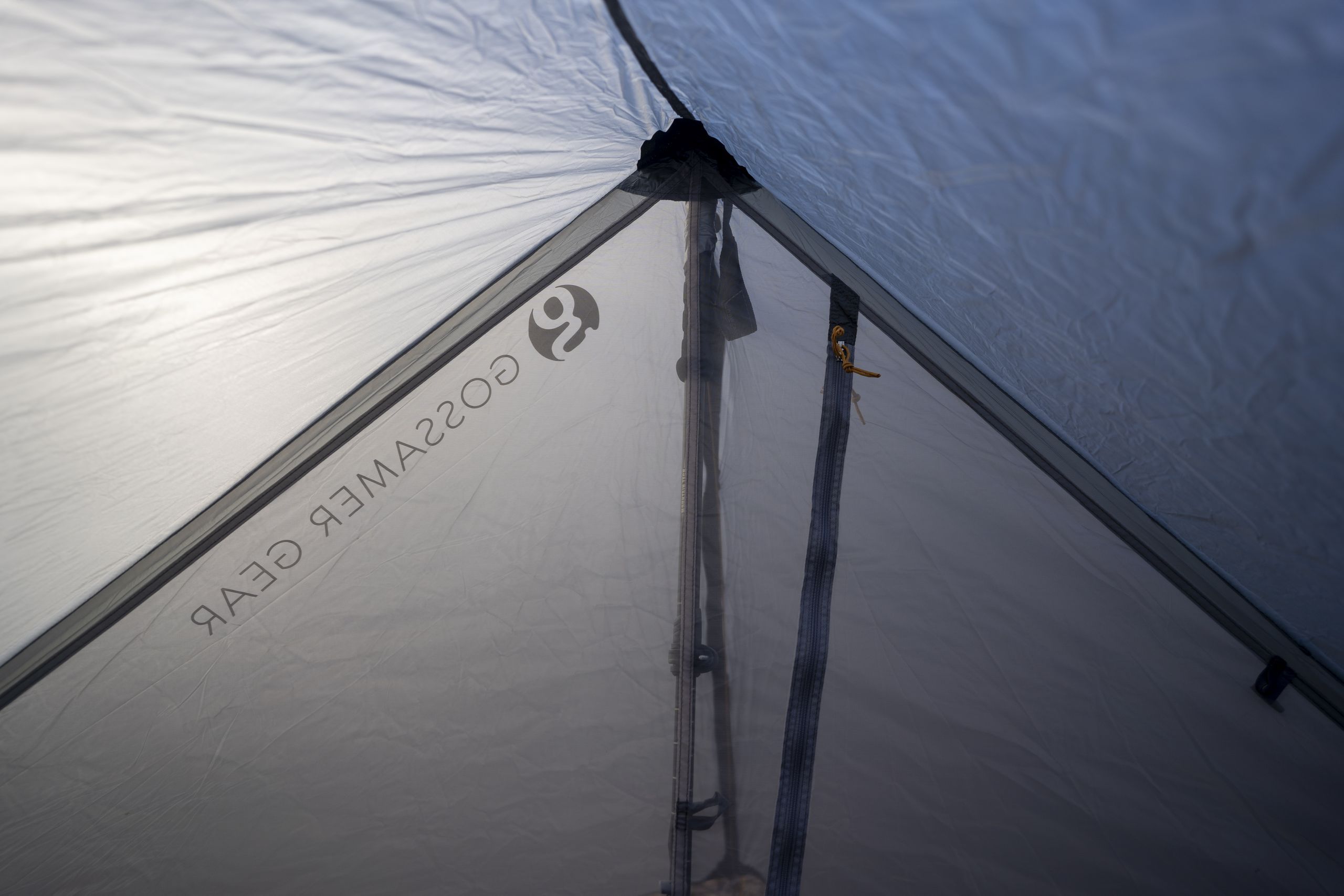
Durability
As mentioned above, the 10d silnylon floor and rainfly are among the thinnest materials used in the industry. Gossamer Gear is known for its excellent production quality, but that won’t compensate for thin materials that simply aren’t designed to hold up as well as thicker ones. We get the impression that this is the point of the shelter.
It’s not meant to be a robust fortress or to withstand careless use. It’s intended for people who will be making many other tradeoffs to keep things lightweight, and the lower durability of this tent is just another tradeoff in line with their other choices. If that sounds like you, then the durability offered here should be satisfactory.
That said, this is on the lower end of durability among all our shelters. We haven’t taken it on a full thru-hike to assess how it holds up over days of use, but we’d especially advise caution regarding the floor when using it on rocky or hard terrain.
Gossamer Gear recommends using a groundsheet like polycryo. While groundsheets can be lightweight, they still add extra ounces and complexity to setup; however, we believe it’s more of a necessity than a preference with this tent if you want it to last.
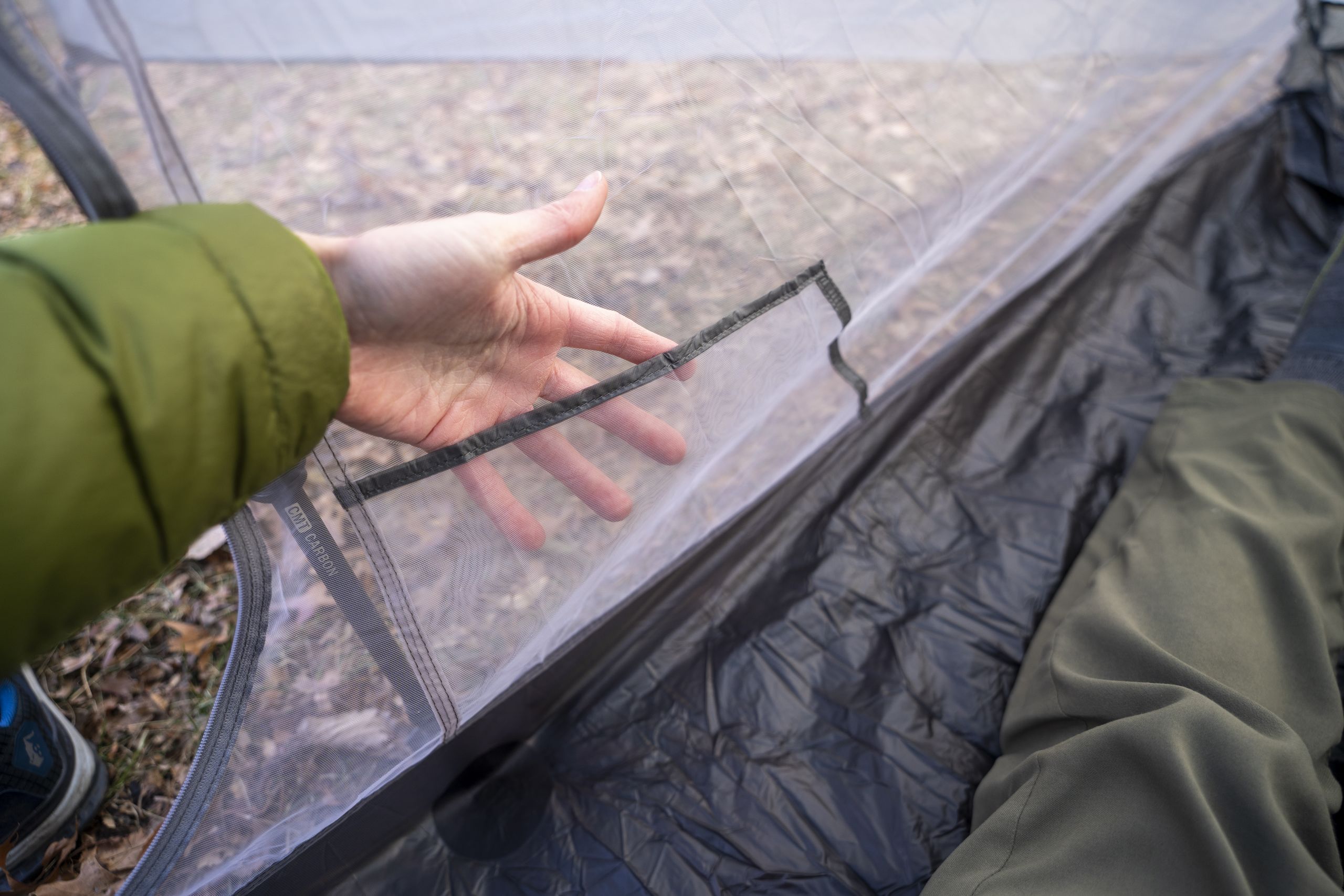
Should You Buy the Gossamer Gear The Two Tent?
More than other ultralight tents, The Two is about trade-offs. Among the metrics we use to evaluate our tents, The Two sacrifices livability, weather resistance, and durability in pursuit of achieving an incredible price and weight combination. It’s not the most affordable two-person tent on the market, but the only alternative to achieving this weight is to spend double the money on a Dyneema Composite Fabric shelter. That’s impressive.
However, it also highlights another issue: the question to consider is, “Why do people bother with those DCF tents if The Two is nearly as light for half the price?” The answer is that those other tents do not compromise livability, weather resistance, or durability to the same extent as The Two. In fact, some of the most livable and durable shelters we tested were made from DCF. The difficult position The Two finds itself in is that for most people seeking a shelter at this weight, it’s wiser to save up more and invest in something more comfortable, durable, and weather-resistant. Additionally, those shelters are even lighter, meaning that those pursuing truly ultralight weights will generally overlook The Two.
We don’t want to be overly negative here; there is a specific type of person who would truly thrive using The Two. If you typically adventure with a partner, are shorter, are on a budget, hike in fair weather, and take extra care with your gear, then this option is excellent. Selecting a good fit for an ultralight tent is all about understanding the trade-offs involved. There is no magic “best tent ever” and there never will be, but The Two certainly has a niche that will delight many people.
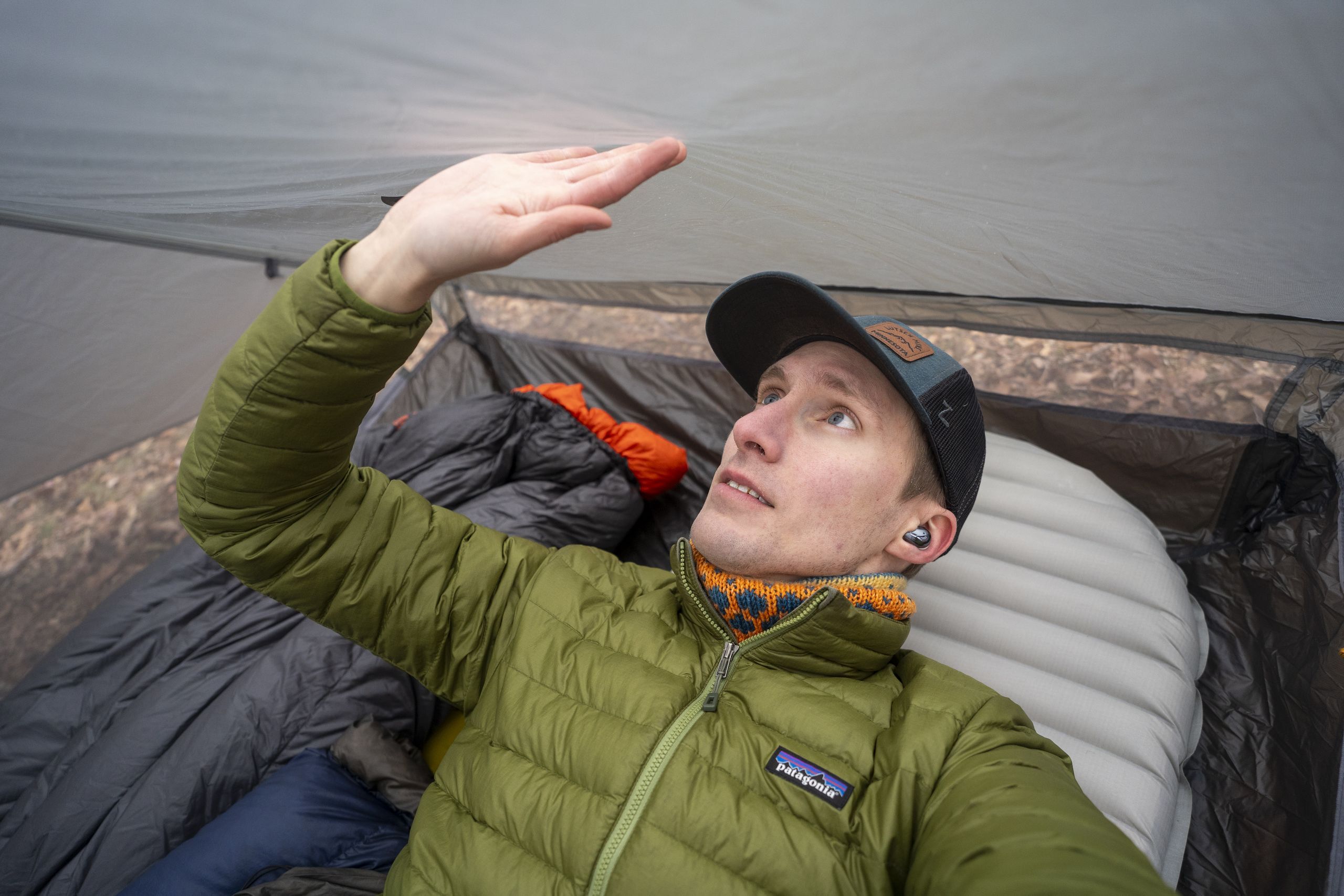
What Other Ultralight Tents Should You Consider?
If the Gossamer Gear The Two isn’t the perfect fit, our best ultralight tents guide has many other options.
3FUL Lanshan Pro 2 Review: For most people pursuing ultralight weights on a budget, the Lanshan 2 Pro is a better choice than The Two. It’s seven ounces heavier but significantly cheaper, as it is one of the few tents that outperforms The Two in terms of price and weight combination. We found it more spacious and comfortable to use, thanks to its larger footprint, taller peak height, peak vents, and improved doors. While it’s not as high quality – Gossamer Gear has top-notch sewing – it may be more durable due to its 20d nylon floor and 15d rainfly, provided those fabrics are of decent quality.
Durston X-Mid Pro 2+ Review: If your interest in The Two stems primarily from its incredible weight but you’re willing to save a bit more, the X-Mid Pro 2+ demonstrates how lightweight and comfortable backpacking can be. With an impressive 32.5 square feet of floor space, a generous 49 inches of height, and a more volumetrically efficient design, this was the most comfortable two-person tent we tested. Although it is priced at double that of The Two and only sheds 3.5 ounces, the comfort improvements – especially for taller individuals – justify the investment. We believe that most people are better off saving up and investing in a tent they’ll genuinely look forward to using at the end of the day, particularly if they plan to take it on a thru hike.
Gossamer Gear The One Review: If you liked the idea of The Two but wish it were designed for one person, we’ve got great news: the appropriately named The One exists! Featuring the same advantages and trade-offs as The Two, it maintains a small footprint, offers great headroom, has poor durability, displays middling weather resistance, and boasts an unbeatable weight for the price. One advantage over The Two is its better ventilation, as it doesn’t have two vestibules; however, the downside is that it performs even worse in wind than its larger sibling. Still, we believe it will appeal to the same type of people who would love The Two.
Floorless Perimeter Net Shelters: We usually don’t make recommendations like this, but for the type of person that The Two appeals to, we believe that considering floorless perimeter net shelters might be more sensible. Since The Two involves significant tradeoffs, we encourage people to make one major tradeoff – a floor – for substantial benefits in other areas. This results in a notable improvement to livability, more durable materials, increased affordability, access to backpacks without sacrificing bug protection, and enhanced weather protection. With perimeter bug netting, you’ll receive only modest bug protection, and occasionally you’ll need a groundsheet, but besides that, it’s quite sufficient. For those pursuing the lightest weights at the most affordable prices, this route is the best choice, and we feel these options surpass The Two in their own arena. Examples of tents in this category include the Tarptent Preamble, Six Moon Designs Owlhee, Black Diamond Betalight, and for a single-person ultralight option, Gossamer Gear offers The Whisper, used personally by their founder. Although these shelters aren’t for everyone – a reason we didn’t make a general recommendation in our ultralight tent guide – we believe they may be particularly appealing to those who appreciate The Two.



